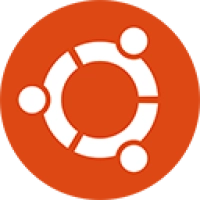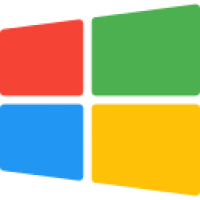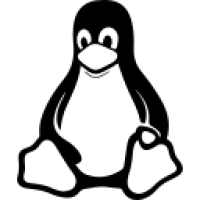
Latest Version
Recently updated
April 19, 2025
Clément Lefèbvre, Linux Mint Teams and community
OS
Linux
0
Free
Report a Problem
More About Linux Mint OS: Overview and Step-by-Step Installation Guide ,What is Linux Mint?
🧩 What is Linux Mint?
Linux Mint is a free and open-source operating system designed for desktop computers and laptops. It’s based on Ubuntu and offers a smooth, user-friendly experience, making it a top choice for beginners switching from Windows.
It comes with a set of pre-installed applications, multimedia support, and a modern interface. You can choose from three editions: Cinnamon (default), MATE, and Xfce, depending on your system performance needs.
✅ Minimum System Requirements
Before installing Linux Mint, make sure your system meets these basic requirements:
-
Processor: 1 GHz dual-core or higher
-
RAM: 1 GB minimum (2 GB recommended)
-
Disk Space: 15 GB minimum (20 GB or more preferred)
-
Display: 1024×768 resolution
-
USB/DVD support: Required for installation
📦 How to Install Linux Mint (Step-by-Step)
Step 1: Download Linux Mint
-
Visit the official Linux Mint website:
👉 https://www.linuxmint.com -
Select your preferred edition: Cinnamon (most popular), MATE, or Xfce.
-
Click on a download mirror near your location and save the
.isofile.
Step 2: Create a Bootable USB Drive
You need a USB stick (minimum 4GB). To make it bootable:
If you're using Windows:
-
Use Rufus:
-
Download from https://rufus.ie
-
Launch Rufus, insert USB, and select the Linux Mint
.isofile -
Click Start to create the bootable drive
-
If you're on Linux or macOS:
-
Use balenaEtcher:
-
Download from https://www.balena.io/etcher/
-
Launch Etcher, select the
.iso, and write it to the USB
-
Step 3: Boot from USB
-
Plug the USB drive into your computer.
-
Restart the system.
-
Enter BIOS/UEFI (usually by pressing F2, F12, Del, or Esc at startup).
-
Change the boot order and set the USB drive as the first boot device.
-
Save and exit BIOS. The computer should now boot into Linux Mint.
Step 4: Try Linux Mint (Optional)
Once booted, you’ll enter the Live Environment. You can try Linux Mint without installing it, which is useful for checking hardware compatibility.
Step 5: Start the Installation
-
Double-click the Install Linux Mint icon on the desktop.
-
Choose your language, then click Continue.
-
If internet is connected, you can choose to install third-party software for graphics, Wi-Fi, and media playback.
Step 6: Choose Installation Type
You will be given several installation options:
-
Erase disk and install Linux Mint – for a fresh installation
-
Install alongside Windows – for dual boot (if Windows is already installed)
-
Manual partitioning – for advanced users
⚠️ Warning: Choosing "Erase disk" will delete all files on the selected drive.
Step 7: Set Time Zone and Keyboard Layout
-
Select your region to set the time zone.
-
Choose the keyboard layout (it usually auto-detects based on your language).
Step 8: Create Your User Account
Enter the following details:
-
Name
-
Computer name
-
Username
-
Password (choose a secure one)
Decide if you want to log in automatically or require a password every time.
Step 9: Install and Restart
-
The installation process will now begin and usually takes 10–20 minutes.
-
Once completed, click Restart Now.
-
Remove the USB drive when prompted.
🏁 After Installation: First Things to Do
-
Update the system:
Open the Update Manager and install all available updates. -
Install additional software:
Use the Software Manager to install apps like VLC, LibreOffice, GIMP, etc. -
Customize the look:
Change themes, icons, and panel layout from the “System Settings”. -
Set up backups:
Use Timeshift to take system snapshots and restore points.
🎯 Why Choose Linux Mint?
-
Easy transition from Windows
-
Built-in software and drivers
-
Lightweight performance
-
Excellent community support
-
Secure and regularly updated
📌 Final Words
Linux Mint is a powerful and user-friendly operating system perfect for daily use. Whether you're a student, professional, or casual user, Mint offers a clean interface, fast performance, and all the tools you need.
Rate the App
User Reviews
Popular Apps










Editor's Choice


















 WP Theme
WP Theme Android
Android iOS
iOS Windows
Windows Mac
Mac Linux
Linux Play Station
Play Station Xbox
Xbox Steam
Steam Wordpress
Wordpress